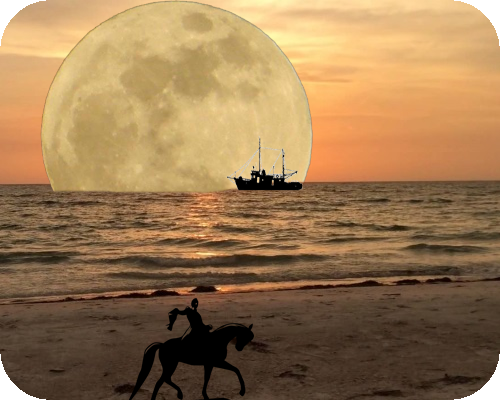Supermoon - perigee-syzygy
Supermoon, scientifically known as perigee-syzygy, occurs when our only natural satellite, the Moon, in its orbit, moves closest to the Earth.
Since the orbit of the Moon is an elliptical in shape, rather than a perfect circle, there are two positions in its orbit around the Earth, when it is going to be at its closest position to the Earth. It is called, perigee position.
On Monday 14 in 2016, the Moon is going to be at the perigee position: hence, it is going to be brigher and bigger - very noticebly. In fact, it is going to be 30% brighter and 14% bigger, according to astronomers due to the fact that the Moon gets 30,000 miles closer to the Earth than it is at apogee.
It occurs after 70 years and we have to wait until 2034 to see the biggest supermoon in this century. So, it is not a good idea to miss it!

So, in order to get a good views of the supermoon, it is recommended that if you live in a city to head out of town to minimize the urban glow effect, owing to excessive street lighting. Anyplace where you can easily get minimum urban lights and the least cloud cover would provide an ideal environment for supermoon viewing.
Facts about the Moon
- The moon is not a planet, but a natural satellite of the Earth.
- The surface area of the moon is 14,658,000 square miles or almost 10 billion acres.
- The visible part of the Moon is just 59% with the dark side being 41%.
- The speed of rotation of the Moon is 10 miles per hour whereas that of the Earth is about 1000 miles per hour.
- When a month has two full moons, the second full moon is called a blue moon, which perhaps led to the English saying, once in a blue moon.
- You always see the same side of the moon from the Earth; the other side, the dark side, is always hidden.
- The moon is full of craters due to the impact of asteroids.
- The moon, the only extraterrestrial body that has ever been visited by man, is almost 384,000 km away for the Earth.
- Neil Armstrong is the first human being who landed on the moon; it took place in 1969..
- The moon has no magnetic field - so, a compass may not work.
- The moon's diameter is about 1/4 the diameter of the Earth. If the Earth is an empty container, about 50 moons will fill it up.
- The gravitational pull on the moon is about 17% of that of the Earth; so, you can jump much higher on the moon than on the Earth!
- The moon plays a major role in the formation of tides on the Earth.
- The moon is about 4.53 billion years old.
- The moon orbits the Earth every 27.3 days.